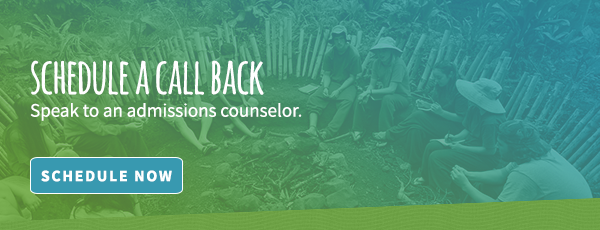Hundreds of different synthetic designer drugs have poured into the United States in the past four years, with teens becoming one of the largest user groups. Oftentimes teens turn to synthetic designer drugs because they feel it is less scary or dangerous than interacting with drug dealers. “These drugs are being marketed and sold as legal alternatives to marijuana, cocaine, meth and heroin,” says John Scherbenske of the DEA to CNN. The producers skirt the line of legality, keeping designer drugs on the market by continually altering the chemical compositions by slight degrees so they are never considered controlled substances.
As more and more teens die from abusing drugs, cries for greater regulation have emerged. But until then, what can you do as a parent to keep your child safe? Read on to learn more about various synthetic designer drugs and what you can do to quickly identify the adverse reactions of designer drug abuse in teens that can potentially lead to life-threatening situations.
Synthetic Cannabinoids
According to the National Institute on Drug Abuse, recent surges in synthetic cannabinoid overdoses have prompted officials to issue health warnings in several southern and northeastern U.S. states, and synthetic marijuana is the second-most commonly used among high school seniors, coming in just behind the real deal. Synthetic cannabinoids, known by names like Spice, K2, No More Mr. Nice Guy, and a slew of others are legal substances sold in smoke shops. However, don’t let this fool your teen—they are often more dangerous than actual marijuana as they are considerably more powerful.
What to look out for: If you suspect your teen may have used a synthetic cannabinoid, look for signs of anxiety and agitation, shaking, seizures, nausea, vomiting, hallucinations, paranoia, acts of violence and/or suicidal behavior.
Synthetic Hallucinogens
Also known as 25I-NBOMe, synthetic hallucinogens (fake LSD) are quickly becoming known for their link to tragic teen deaths. 25I-NBOMe works by disrupting serotonin activity, the neurotransmitter that regulates sensory function, appetite, sleep, memory, interpersonal behavior and mood. “Precise statistics are not yet available, but it is believed the vast majority of 25I users are adolescents or college-age adults,” states teendrugrehabs.com.
What to look out for: If you suspect your teen may have consumed a synthetic hallucinogen, look for signs of visual and auditory hallucinations, delirium, aggression, paranoia, severe confusion, dysphoria and/or self-harm.
Bath Salts
Bath salts are derivatives of cathinones (the primary active alkaloid in khat, a natural herbal stimulant). Bath salts are often marketed in a way specifically meant to target teens and young adults—powder in colorful packaging, a creative variety of street names and novelty stories of fun recreational usage come attached. Best known for the Miami “zombie attack” from a few years past, bath salts are extremely dangerous as teen drug abuse of this highly addictive agent often leads to unpredictable behavior.
What to look out for: Symptoms similar to cocaine usages, including: extreme concentration, sexual stimulation, prolonged alertness, paranoia, jaw clenching, muscle tension or spasms, cardiac arrhythmias, mood enhancement (in either direction) and decreased appetite.
If your teen is struggling with abusing designer drugs, it may be time to seek professional help. “A treatment environment with a supportive structure can be helpful,” states the Journal of Addiction Science and Clinical Practice. “Addiction treatment is cost-effective, and even multiple episodes of treatment are worthwhile.” Pacific Quest can help guide your teen with a treatment plan tailored exclusively to them. Please call our Admissions team at 808-937-5806.
